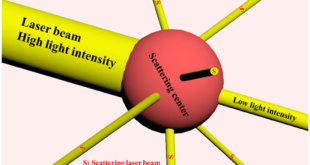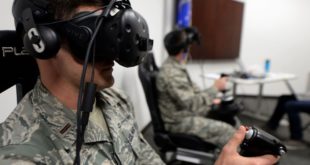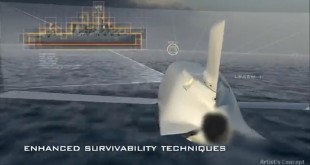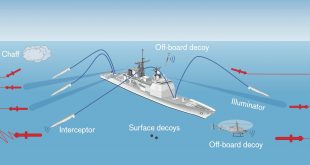Laser attacks targeting pilots and air crews are a major concern across the world with most attacks reported to take place during take-off and landing. According to figures from the US Federal Aviation Authority, there were 6,753 laser illuminations reported in 2017. Until recently, the expense of lasers had limited their use …
Read More »Emerging multiphoton technologies and applications
Photonics is emerging as a multidisciplinary new frontier of science and technology and is capturing the imagination of scientists and engineers worldwide because of its potential applications to many areas of present and future information and image processing technologies. Photonics is the analog of electronics in that it describes the …
Read More »Backscatter Radio technology enables HD Video streaming to transmitting Internet of Things Sensors Several Kilometers
Backscattering is a form of wireless transmission based on modulated reflection of external RF signals. Whereas conventional radios generate their own signals, backscatter radios transmit data by making tiny changes to reflected signals. This approach requires a minimal number of active components, promising simple low-cost battery-free operations. Since the source …
Read More »Artificial Intelligence in the Military Training
Artificial intelligence (AI) is a key driver for Industry 4.0, with the potential to disrupt numerous business verticals. The technology’s ability to perform human-like cognitive functions such as learning, reasoning, problem-solving, planning, and self-correction, and to make decisions based on simulations drives its large-scale adoption. AI enables the creation …
Read More »Military race to develop autonomous and intelligent missiles and missile swarms to strike targets in anti-access, area-denial environment
Artificial intelligence is a branch of computer science dealing with the simulation of intelligent behavior in computers. A computer system able to perform tasks that normally require human intelligence, such as visual perception, speech recognition, decision-making, and translation between languages. Machine learning is a subset of AI. AI has a …
Read More »Quantum Computer Hardware component breakthroughs accelerate their scaling and commercialization
Quantum computers promise the potential to tackle problems that conventional computers can’t handle by leveraging a phenomenon of quantum physics that allows qubits to exist in multiple states simultaneously. As a result, qubits can conduct a large number of calculations at the same time — dramatically speeding up complex problem-solving. …
Read More »DARPA TRADES Developed new Design Tools to Exploit Advanced Materials and Manufacturing Technologies
Manufacturing technology breakthroughs in recent years, such as 3D printing, have allowed precise material placement, new material behaviors, and complex shaping of parts and structures. Design tools, however, have not kept up with the complexity of the design space resulting from these advances. DARPA’s TRAnsformative DESign (TRADES) program, which …
Read More »Molecular nanotechnology
The amount of information trafficking internet nowadays is enormous and will increase further in the near future. It can be expected that in the next decennia the current technologies to store and process data will no longer suffice and that other strategies to handle information have to be developed. One …
Read More »Navies integrating AI into Naval vessels
The general definition of AI is the capability of a computer system to perform tasks that normally require human intelligence, such as visual perception, speech recognition and decision-making. Machine Learning (ML) is a subfield of Artificial Intelligence which attempts to endow computers with the capacity of learning from data, so that …
Read More »Bio-Inspired Micro Air Vehicle for better flight performance, controlability and endurance
UAVs are Aircrafts that are piloted remotely by some person who is at a different place. These UAVs of various sizes and shapes can fly continuously for more than 24 hours and some of them can only fly for less than 30 minutes. Some UAVs have wings of several meters …
Read More » International Defense Security & Technology Your trusted Source for News, Research and Analysis
International Defense Security & Technology Your trusted Source for News, Research and Analysis









